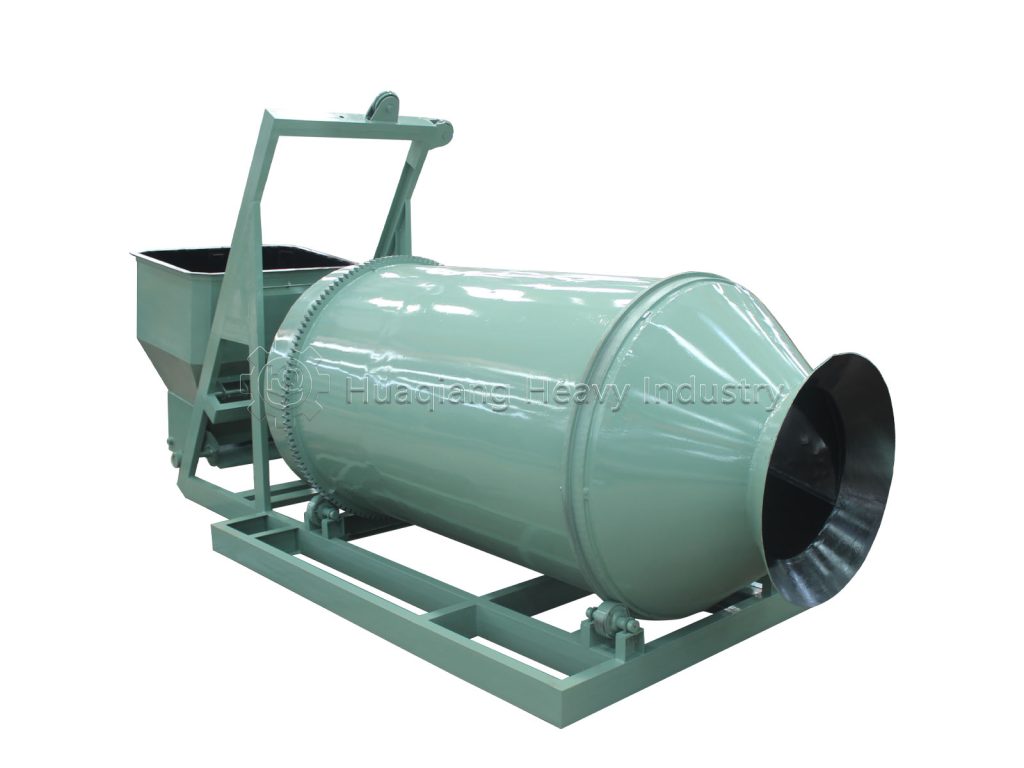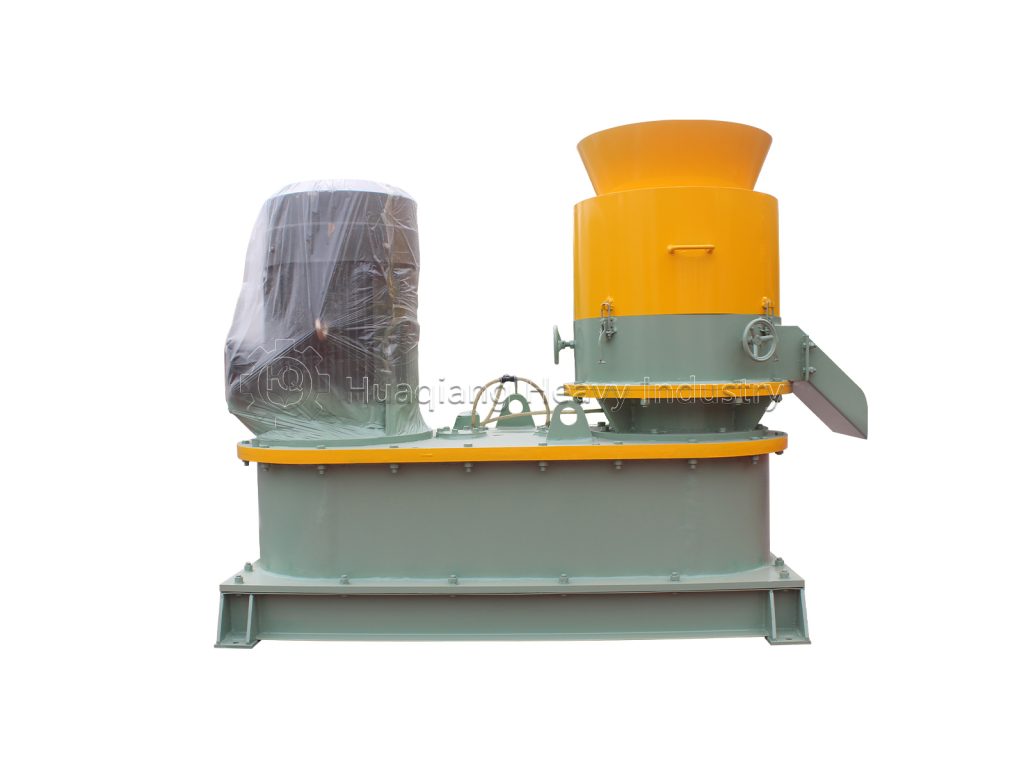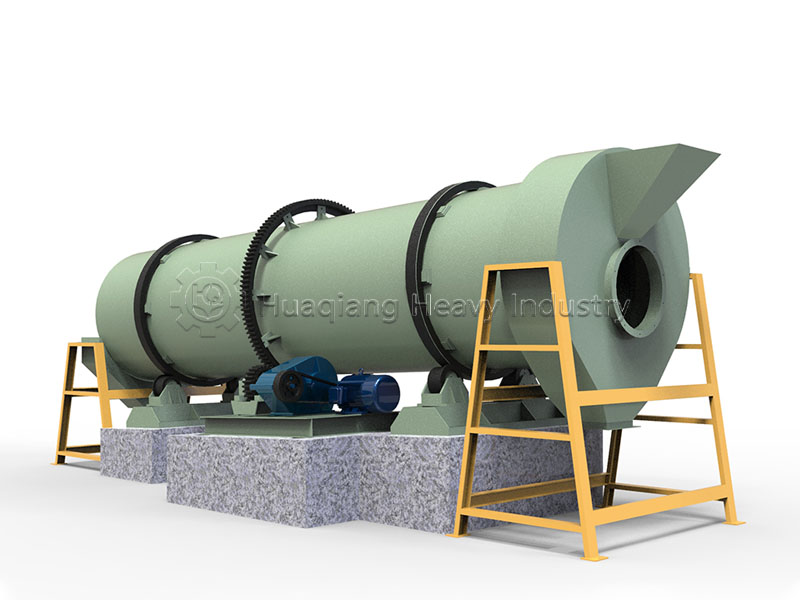BB fertilizer raw materials come in a variety of forms (granular, powdered, and fiber-containing). BB fertilizer blenders require targeted adjustments to accommodate these different raw material characteristics and avoid mixing problems.
For pure granular raw materials (such as urea and diammonium phosphate granules), which have relatively small density differences but are prone to rolling and stratification, the BB fertilizer blender should be equipped with guide plates within the mixer drum to guide the raw materials into upward and downward circulation and control the feed order. Adding the denser diammonium phosphate first, followed by the lighter urea, can reduce initial stratification. The speed can be appropriately reduced in the later stages of mixing to prevent excessive collisions between particles that could lead to breakage.

If the raw materials contain powdered ingredients (such as potassium chloride powder or trace element powder), a dustproof seal should be installed at the BB fertilizer blender feed port to prevent dust from escaping. Additionally, an atomizing humidifier (control the humidity to ≤15%) should be installed within the mixer drum. A small amount of humidification can enhance adhesion between the powdered raw materials and the granules, preventing dust from becoming suspended.
When the raw materials contain fiber organic fertilizer (such as fermented straw powder), it is necessary to use a paddle with a shearing function to prevent the fibers from entangled and clumping. At the same time, the fiber raw materials should be crushed to less than 3mm in advance to reduce mixing resistance. During the mixing process, the machine can be stopped and observed every 3 minutes. If fiber clumps are found, the paddle angle needs to be adjusted to enhance the shearing and dispersion effect to ensure that the fibers and granular fertilizer are fully integrated.



